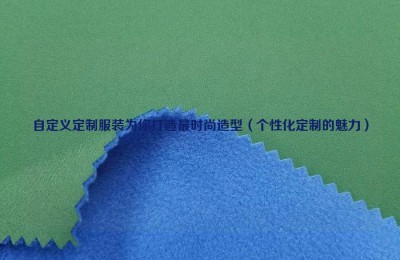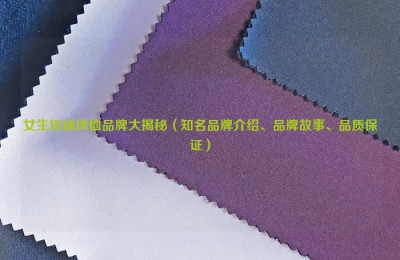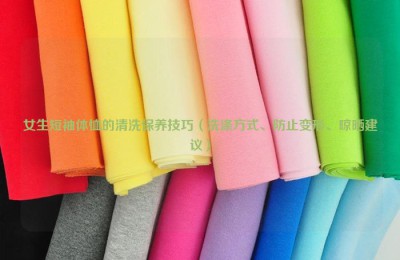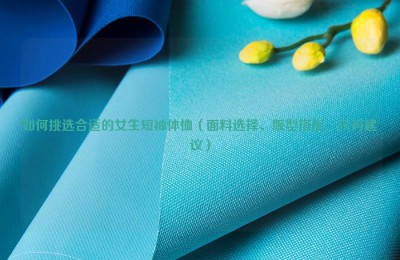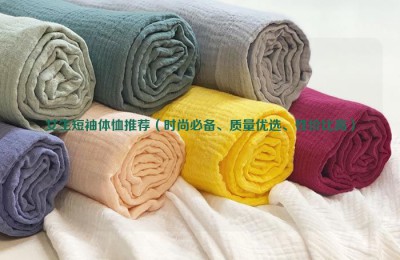The slowdown in world economic recovery has led to a reduction in orders in the international market. In response to the international financial crisis, countries generally adopted loose monetary policies, making this year a year of crisis for the textile industry… Many companies frankly said: “The difficulties faced in 2022 will be greater than during the 2008 financial crisis.” Looking at the domestic market, labor costs Factors such as rising prices and sluggish textile consumption have led to a reduction in orders and a significant drop in profits for textile companies. When these conditions have not been effectively alleviated, textile and clothing exports from the central and western regions have increased dramatically! This year, textile companies in Jiangsu and Zhejiang can hardly breathe again! This further aggravates the difficulties faced by the coastal textile industry.
Despite the difficulties and the slowdown in growth, the pace of the coastal textile industry’s gradual transformation from “capacity expansion” to “value growth” and from “reliance on exports” to “both internal and external considerations” has accelerated. Perhaps it is a necessary stage for the adjustment of the textile industry.
Achieve an output value of 220 billion yuan in three years
How does this cluster upgrade the textile industry?
Nantong, Jiangsu Province, ranks third in the world and first in the country in terms of high-end home textiles. It has become one of the world’s “three home textile centers” in the international market. At present, Nantong has formed a modern industrial system with complete categories and complete supporting facilities such as home textiles, cotton textiles, clothing, chemical fibers, silk, printing and dyeing, etc. Textile has become the most recognizable iconic pillar industry and traditional industry in Nantong, showing “high industry status” , large industrial scale and complete industrial chain”.
In the course of decades of development, Nantong’s textile industry has firmly grasped the development trend of “new industries, new technologies, new formats, and new models” and achieved stable and rapid development. At present, Nantong has taken “further improving the industrial chain and enlarging the industrial scale” as an important measure to promote the high-quality development of the regional textile industry.
Recently, Nantong City issued the “Notice of the Municipal Government Office on Issuing the Three-Year Action Plan for the High-Quality Development of Nantong’s Textile Industry (2022-2024)”, clarifying three major development goals:
Goal 1:
Build an industrial cluster
Cultivation and growth The scale of the textile industry cluster means that by 2024, the city’s designated textile enterprises will achieve a total output value of 220 billion yuan, forming a “three masters and three auxiliary” textile industry pattern. The textile and weaving industry, led by automated, digital, and intelligent manufacturing models, has an output value of 74 billion yuan. The home textile industry, characterized by the gathering of world-class high-end brands, has an output value of 52 billion yuan, represented by high-performance, functional, and differentiated new textile materials. The output value of the chemical fiber industry is 44 billion yuan; the output value of the three fields of clothing, printing and dyeing, and silk has reached 25 billion yuan, 15 billion yuan, and 10 billion yuan respectively.
Goal 2:
Create and optimize space layout
Form a distinctive, The spatial layout of “one district and five bases” with complementary advantages and synergy. Jiangsu Nantong International Home Textile Industrial Park will be built into a world-class home textile industry cluster pioneer area; Tongzhou Bay Modern Textile Industrial Park will be built into an innovation base for high-end fabrics and industrial textiles; Haian Changan Modern Textile Technology Industrial Park will be built into a green, low-carbon high-end textile industry base; With Hengke, Huafeng, Tongkun, Golden Eagle and other enterprises as leaders, we will build a fiber manufacturing base in the Yangtze River Delta; with Haian Xinyuan as a leader, we will build a production base for the entire cocoon and silk industry chain; Nantong Foreign Trade Center will be built into a new textile and clothing foreign trade base .
Goal 3:
Deeply explore key areas
Focus Jiangsu Nantong International Home Textile Industrial Park gives full play to its professional market advantages, consolidates the leading position of Nantong Home Textile’s “golden brand”, and builds it into the home textile industry benchmark with the most market power in the world. Focus on planning and guidance, build a home textile headquarters cluster with an area of no less than 200 acres to attract home textile headquarters companies to gather; improve urban functions, further strengthen the connection between the home textile park and the main urban area, and optimize transportation, medical care, housing, childcare, catering and other supporting facilities Service facilities; protect and stimulate the vitality of market entities, standardize competitive behavior, maintain good market order, and create a new home textile city that is suitable for living and working.
Focusing on the new dream of regional industrial development to create a world-class industrial cluster, Nantong City relies on its own industrial foundation and advantages and specifically proposes 14 incentives from 5 aspects in response to three development goals. measures.
1. Focus on cultivating the best and supporting the strong
Including: two measures: strong gradient cultivation and accelerating the concentration of headquarters.
Promote the cultivation of leading enterprises, the transformation and upgrading of small and medium-sized enterprises, and the integration of small and micro enterprises. Within three years, 12 enterprises with annual operating income of more than 5 billion yuan will be formed, and “specialized, special and innovative” enterprises at or above the provincial level will be created. 10, and 500 new textile enterprises were added. Policy support will be provided in terms of start-up subsidies, house purchase subsidies, rental subsidies, and training incentives, etc., to encourage local enterprises to develop in the direction of collectivization and headquarters, and to attract high-quality headquarters enterprises to settle in Nantong.
2. Enhance endogenous motivation
Including three incentive measures: breaking through key links; improving research and development capabilities; and promoting quality construction.
Encourage enterprises to speed up research on technologies and processes such as efficient and green printing and dyeing, develop and promote industrial textiles, carry out the construction of scientific and technological research and development platforms and scientific and technological service platforms, enhance industrial design innovation capabilities, and strengthen the cooperation between internationally renowned designers and new ���Cultivate and introduce designers, vigorously promote the strategy of “increasing variety, improving quality, and creating brands”, and building a full-chain protection channel for rapid authorization, confirmation and protection of patents and copyrights.
3. Accelerate digital empowerment
Including: implementing intelligent transformation and digital transformation; promoting the integration of informatization and informatization; deepening “big data” +”Apply 3 incentives.
Increase support for intelligent technological transformation and industrial Internet software and hardware projects in home textile, clothing, printing and dyeing enterprises, implement intelligent transformation and digital transformation, and accelerate provincial-level industrial Internet benchmark factories, smart workshops (factories), The construction of star-rated cloud enterprises, industrial Internet platforms and secondary nodes for logo analysis will accelerate the digital transformation of Jiangsu Nantong International Home Textile Industrial Park, promote the construction of Jiangsu Province’s “digital future” home textile industry integration innovation center, and create a Nantong home textile industry data space.
4. Help expand the market
Including: cultivating the e-commerce economy and promoting economic and trade cooperation.
Cultivate the e-commerce economy, standardize the order of the e-commerce market, encourage live broadcast marketing, content marketing, and community marketing, support live broadcast companies and MCN institutions to settle in, and strive to build a textile e-commerce industrial park. Promote economic and trade cooperation, expand the economic and trade cooperation between the textile industry and RCEP members in an all-round way, optimize the domestic and overseas exhibition support list every year, hold the China Nantong International High-end Textile Industry Expo and the China Nantong International Home Textile Fair, and support the “industrial belt” of those who carry out economic registration A one-time subsidy will be provided for the event.
5. Guaranteeing factor resources
Including: supporting the construction of high-standard factory buildings; intensive and economical use of land; coordinating energy use and pollution emission indicators; strengthening Financial credit supports 4 incentives.
Increase support measures for factories, land, energy consumption and pollution indicators, financial credit and other aspects. Guarantee the 300-acre land quota of Jiangsu Nantong International Home Textile Industrial Park and build high-standard factories; support existing enterprises to incorporate their own low-efficiency land into low-efficiency land redevelopment planning and implementation plans, transform and build high-standard factories; encourage high-standard factory development entities Adopt the “rent first and then sell” approach to introduce enterprises from upstream and downstream of the textile industry chain to settle in; the textile park implements dynamic management of pollution emission indicators to improve the efficiency of resource allocation; financial institutions are encouraged to increase the loan mortgage rate of technological innovation textile enterprises, increase credit loans and Provide long-term loans; implement systems such as corporate listings and NEEQ joint meetings, and promote the listing (listing) of textile companies.
Keywords:
World Economy Coastal Textile Industry Cluster
AAA functional fabric network JYUIYFHGE


